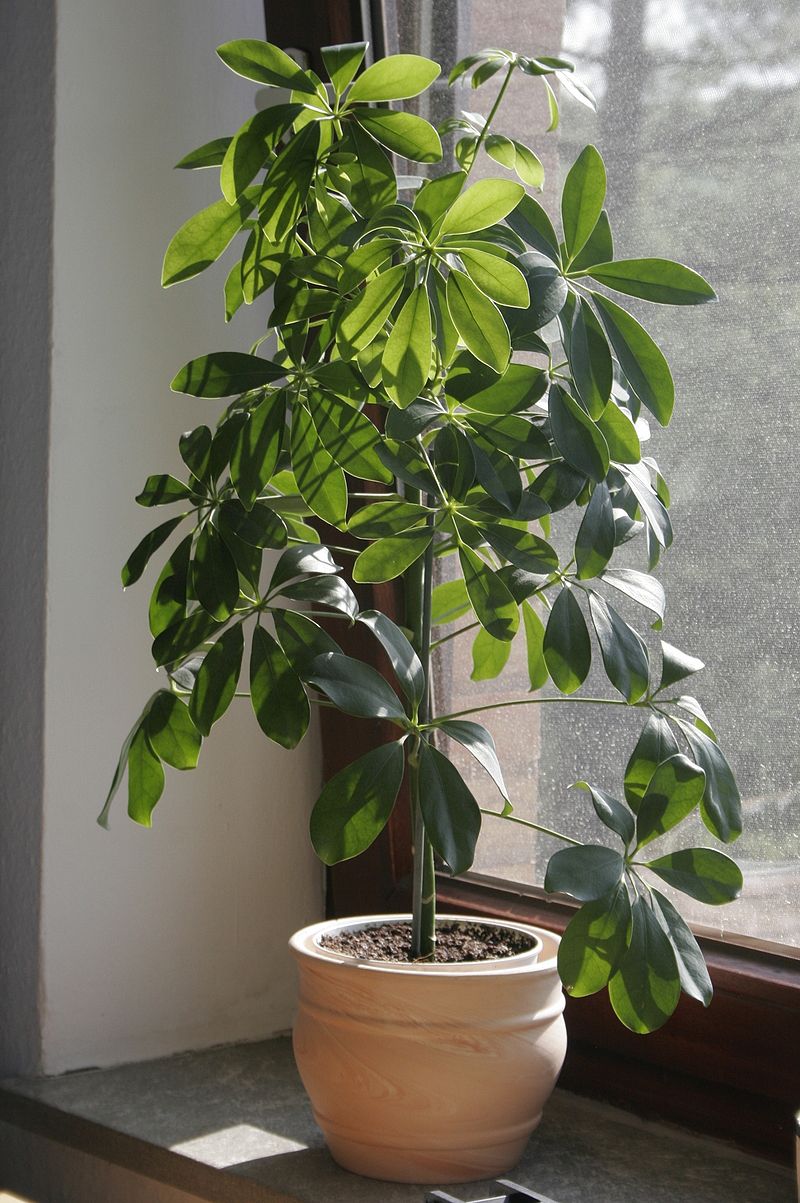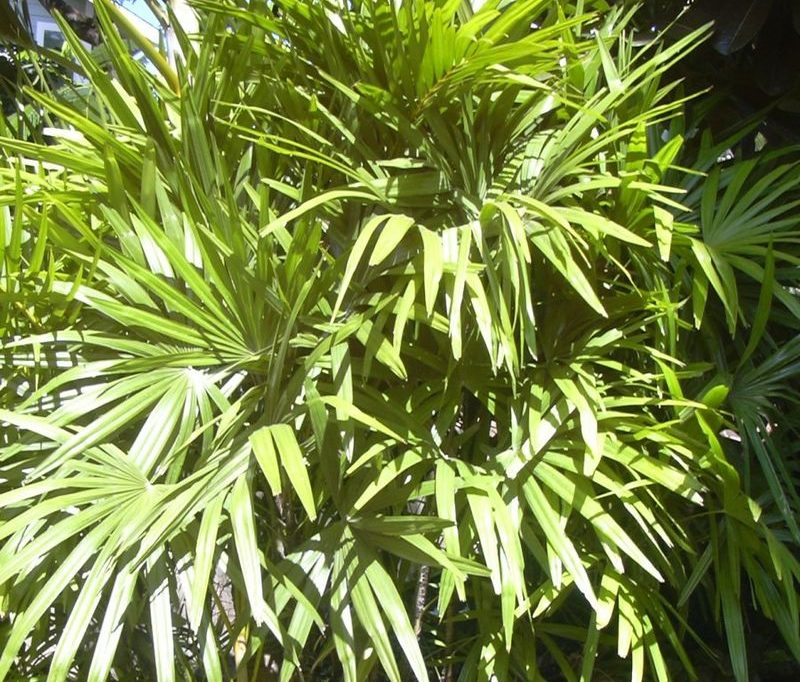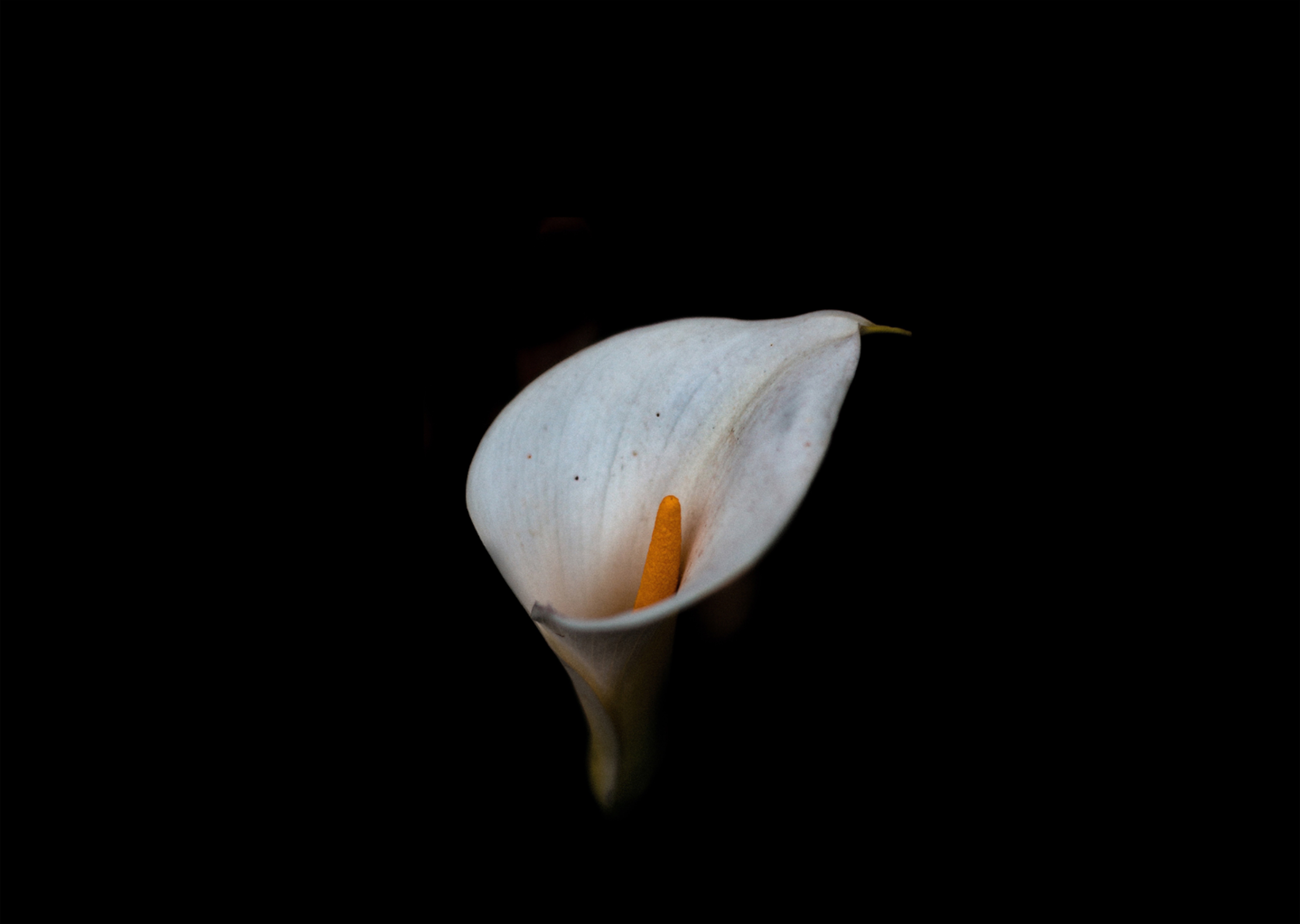Big, modern and beautiful! These three words magically attract us. When it comes to indoor plants, our eyes light up. We want to show you three insider tips for special indoor plants. The evergreen plants score with their amazing growth, but also with their large leaves, which put you in a local natural paradise. The nice thing about it: you can grow these houseplants and watch them green up your home more and more.
Insider tip 1 for an easy-care houseplant: Schefflera actinophylla
The houseplant, originally from Australia and New Guinea, is very easy to care for. It's also often known to us as Queensland's Rayed Aralia or just Schefflera. With its considerable height of up to ten meters, the schefflera is one of the small trees and shrubs. Of course, it will not reach this size in your home. But still: This plant is ideal both in your living room and at your workplace. If these houseplants get big, you can simply cut them back. So you can easily influence their size.
Appearance of Schefflera actinophylla
The schefflera is an evergreen foliage plant. The radiating leaves are slightly leathery to the touch and gleam dark green in the sunlight. Depending on whether it is a young plant or whether the houseplant is a little older, it forms 3-15 oval leaves up to 30 centimeters long. In the wild, she also produces red-tinged buds that are unlikely to bloom in your home. With the right care, it can grow up to 200 centimeters.
Caring for the Schefflera actinophylla
Your schefflera prefers a bright, sunny place, where the large houseplant comes into its own. However, you should also make sure that it is not directly irradiated by the midday sun, otherwise its magnificent leaves can burn. But your schefflera also does well in a partially shaded spot. A room temperature of 15-20 °C is recommended so that it develops its large, shiny leaves.
Some tips for watering and fertilizing
In the long run, the schefflera does not tolerate waterlogging, as its roots begin to rot if they stand in water for a long time.
Tip: Always let the soil dry out slightly before you water it next time.
The opposite, dry balls, shouldn't happen either. This leads to the fact that she sheds her beautiful leaves. In the summer you should provide them with a liquid fertilizer for green or flowering plants every four to eight weeks. Even if the Schefflera is quite easy to care for, like many other indoor plants, it is susceptible to scale insects and spider mites.
if not cared for properlyInsider tip 2 for an exotic evergreen houseplant: Rhapis excelsa
The Rhapis excelsa, which belongs to the genus of stick palms (Rhapis), originally comes from China and Japan. That is why we also call it Chinese stick palm, lady palm or umbrella palm. In its Southeast Asian homeland, the rhapis can reach a height of up to five meters.
Appearance of the Rhapis excelsa
The Rhapis develops wooden trunks about three centimeters thick. The stalks with their long green leaves grow on these. The lush green young leaves are light green at first, then darken with age. From a pot size of approx. 30 centimetres, your Rhapis can reach a height of one meter in your home.So it is also one of the indoor plants that are large and modern. One more reason to have them in your home as an evergreen and modern decoration.
Caring for Rhapis excelsa
Since it usually grows in forests, it is well protected from direct sunlight. So make sure that you don't put it in direct sunlight at home. It prefers a semi-shady location, otherwise its leaves will turn slightly yellow. Just like the Schefflera, the Rhapis prefers cooler temperatures. 15-20 °C is optimal for them.
Some tips for watering and fertilizing
The Rhapis must not dry out under any circumstances, but needs a well-moistened soil for healthy growth. Nevertheless, as with many other palm trees, waterlogging should be avoided here. It is best to water them with lime-free water to prevent them from dying.
Tip: Since the plant prefers high humidity, you are welcome to spray it with soft water from time to time.
During their growth phase in spring, you should provide them with a liquid fertilizer every two weeks. In this way you promote their well-being and growth.
Insider tip 3 for an air-purifying houseplant: Spathiphyllum Sensation
This houseplant will not only convince you with its appearance, but also with its air-purifying effect. You will definitely benefit from their ability to absorb and neutralize harmful gases in the air with their large, dark green leaves. It also demonstrably improves the humidity and also increases the oxygen content, which can be very helpful in the bedroom.
Appearance of the Spathiphyllum Sensation
The Spathiphyllum, also known as a single leaf, is one of the flowering indoor plants. In addition to its large evergreen leaves, it not only produces flowers in the tropics of America, but also in your home. The often yellowish spadix is surrounded by an elegant white bract. It shows its magnificent flowering for about four to ten weeks and then needs a few weeks of rest before it develops the next buds.
Caring for the Spathiphyllum Sensation
In its original home, the Spathiphyllum grows in the shade of tall trees, protecting itself from direct sunlight. Therefore, you should also make sure that you place the plant in a bright to semi-shady place at home without direct sunlight. A room temperature of 15-23 °C is recommended.
Some tips for watering and fertilizing
During their growth phase in spring, you should always keep the substrate slightly moist to guarantee healthy growth for the single leaf. Since the houseplant prefers high humidity, you are welcome to spray the leaves with soft water from time to time.
Tip: Avoid prolonged drought or waterlogging, as this can lead to the death of the plant.
If you want your syllable to develop a beautiful, charming flower, then you should make sure that you provide the plant with liquid fertilizer every two weeks. This way it gets enough nutrients and can regularly develop its exotic white bract.
Enchantingly fascinating indoor plants in your apartment
In this article we have now shown you three insider tips for special indoor plants that can reach a considerable size or even develop large leaves. These tall houseplants are the perfect start for your personal Urban Jungle.We hope you learned a lot while reading and maybe even fell in love with one of these three beauties. On our page we also have many interesting houseplants that are individually adapted to you. So there is guaranteed to be something for everyone!























Leave a comment